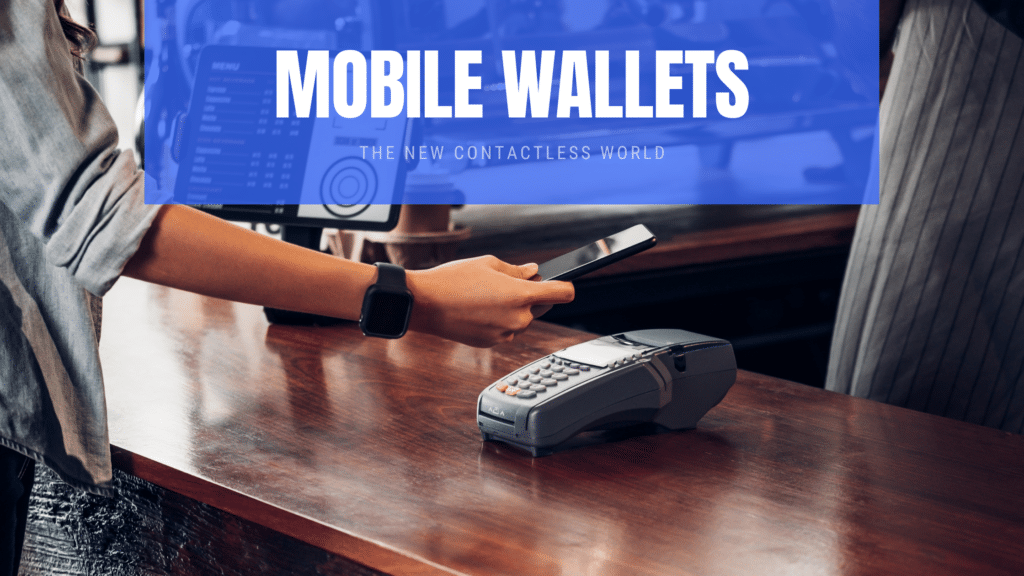
Mobile wallets have digitized payments, loyalty cards, coupons, public transport, tickets, airline passes, and car keys.
The University of Illinois published a study in 2020, which found that there had been a 54% increase in the number of consumers using mobile wallets while shopping in brick-and-mortar stores compared to 2019. Interestingly, transaction size increased by 2.4% and purchase frequency by more than 23%.
But you may be asking what’s contributed to this supersonic growth and adoption?
Here are a few contributing factors that have played a role:
- Hygiene: With the advent of COVID-19, consumers are more conscious of cleanliness than ever before. Contactless payments provide an easy way to avoid having hundreds (if not thousands) of people touching the same surfaces, like the touchpad of a credit card terminal.
- Security: Mobile wallets offer better protection against fraud because customers must unlock their smartphones before wirelessly connecting to a POS reader. They also use biometric authentication to secure fingerprint or facial recognition payments. Biometric technology is more secure because it checks something that cannot be changed or passed on, like a pin code or password. Additionally, the wallet cannot be accessed without getting past lock screens and biometric checks if the phone is stolen. Mobile wallets don’t store credit card numbers on the device. Instead, each transaction is “tokenized” using cryptography which verifies payments without sharing sensitive information.
- Speed: Transaction processing times are up to ten times faster on mobile devices than with credit cards. The mobile wallet and POS terminal are connected to the internet, which means data can be transmitted much faster than the traditional one-way data transfer.
- Convenience: It’s easy to leave home without your wallet accidentally, but it’s much harder to leave your mobile phone at home since we’ve come to rely on them more and more. Also, mobile wallets remove the need to remember different pin codes or how many points are stored on each loyalty card, as all of this information is retained within the mobile wallet.
Mobile wallets have snowballed in popularity, with most shoppers carrying a smartphone with them at all times, making it a more accessible form of payment rather than cash or credit cards. Looking further into the future and at countries that already have widespread adoption of mobile wallets, it’s possible to conceive that almost all transactions will be digital within a few years.
Mobeo’s mobile wallet platform seamlessly supports both Apple Wallet and Google Pay. If you’re ready to explore how mobile wallets could boost sales for your business, speak to us today.
